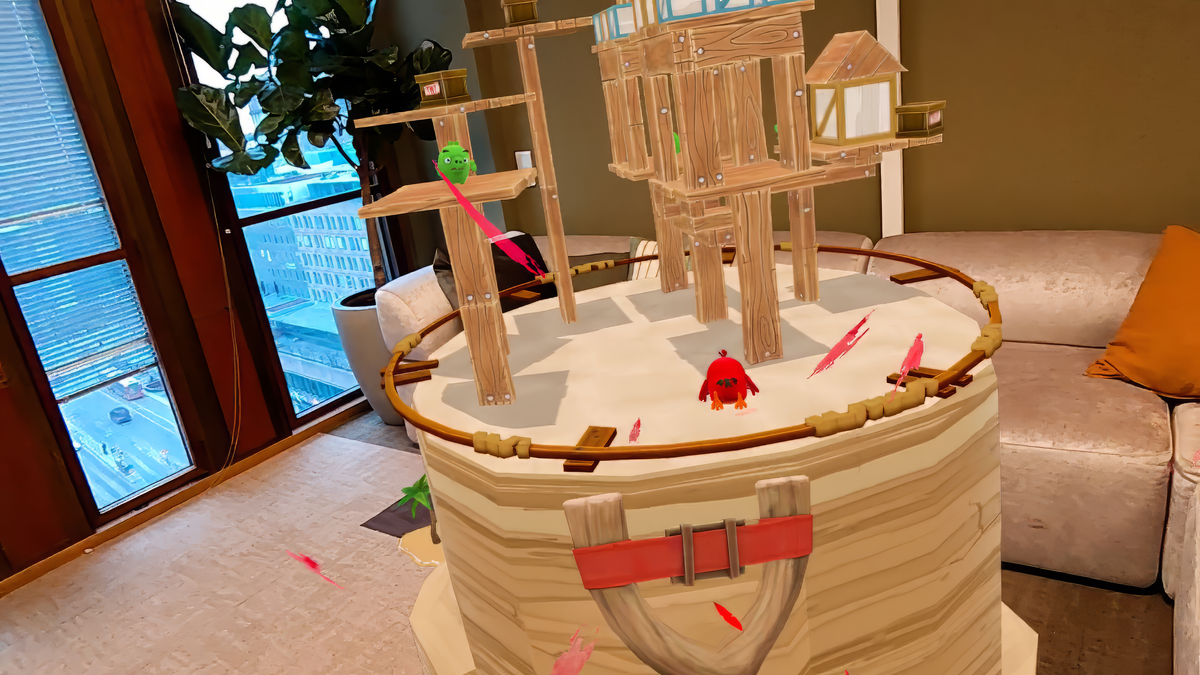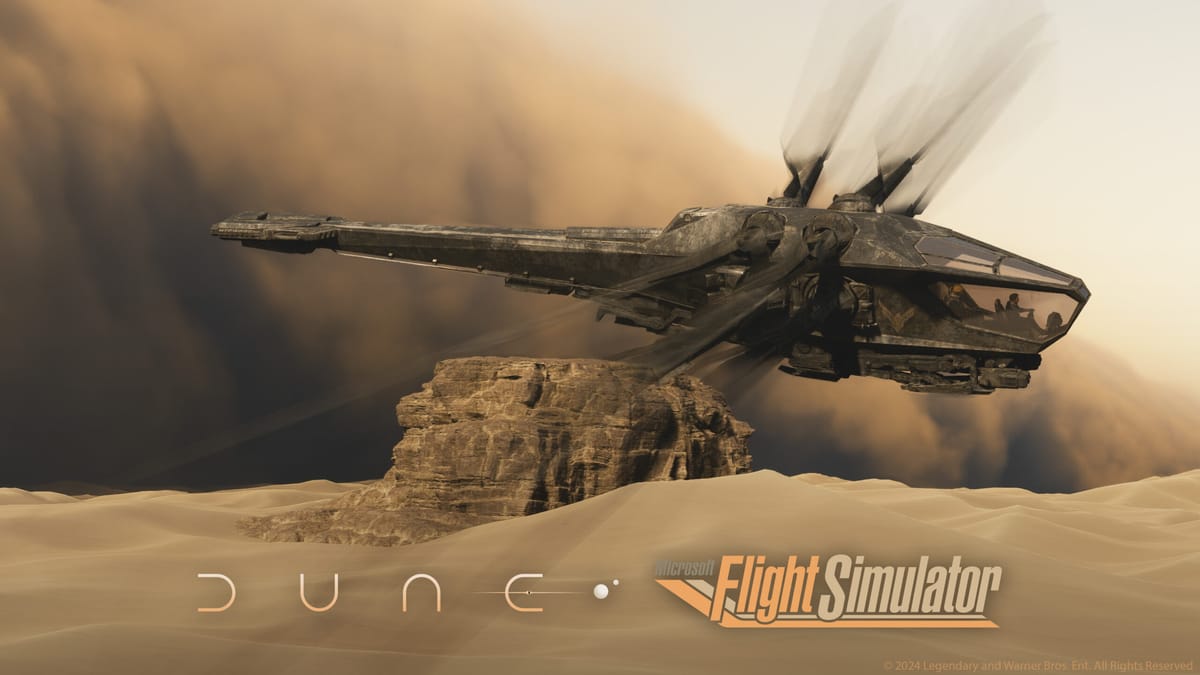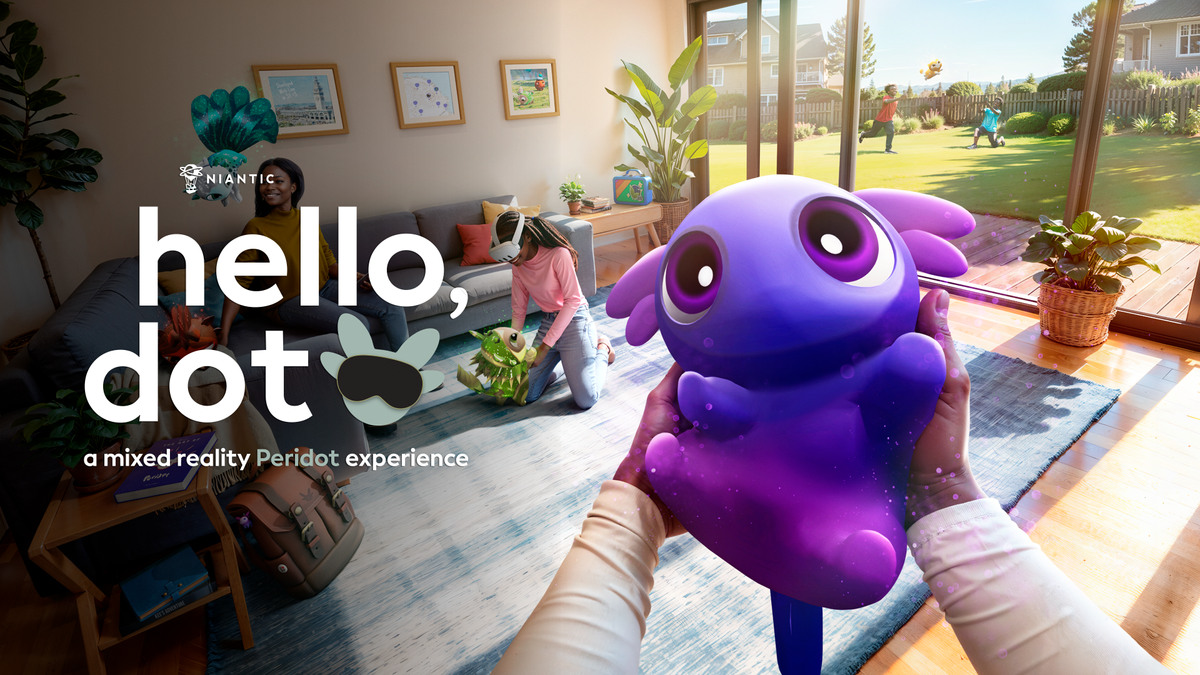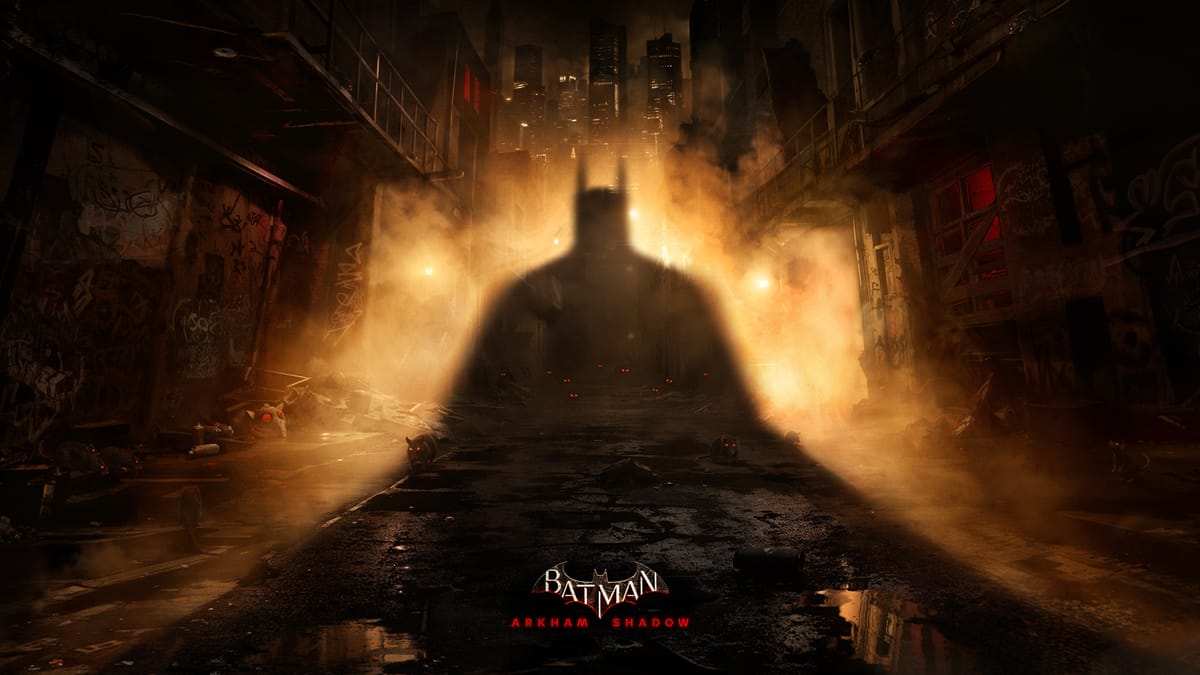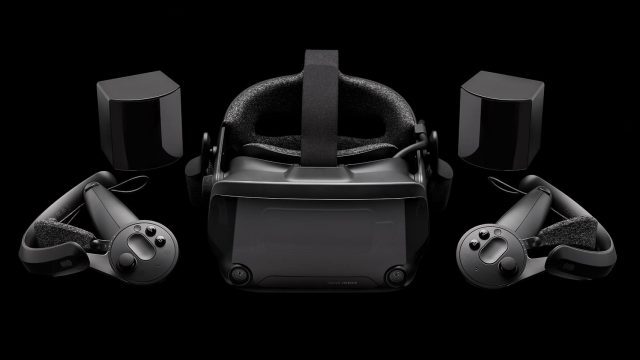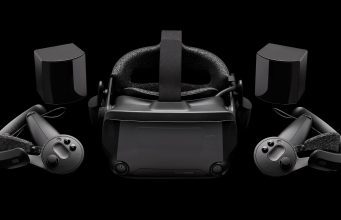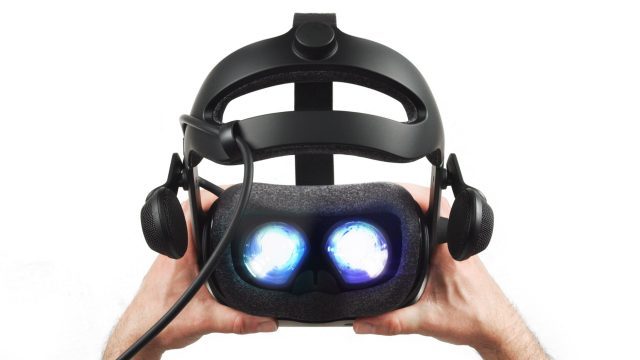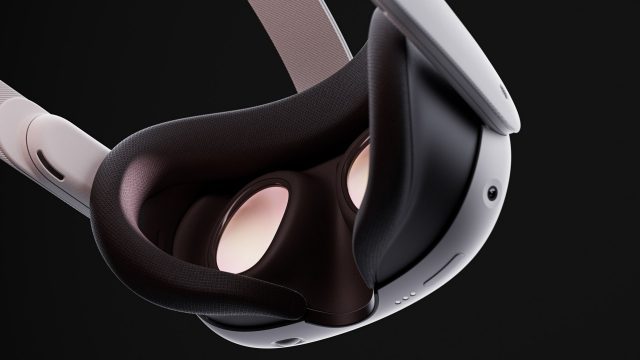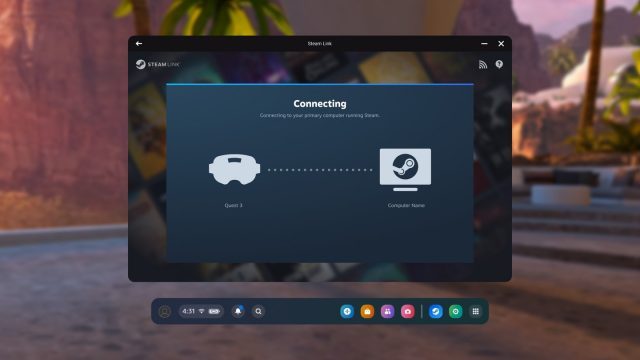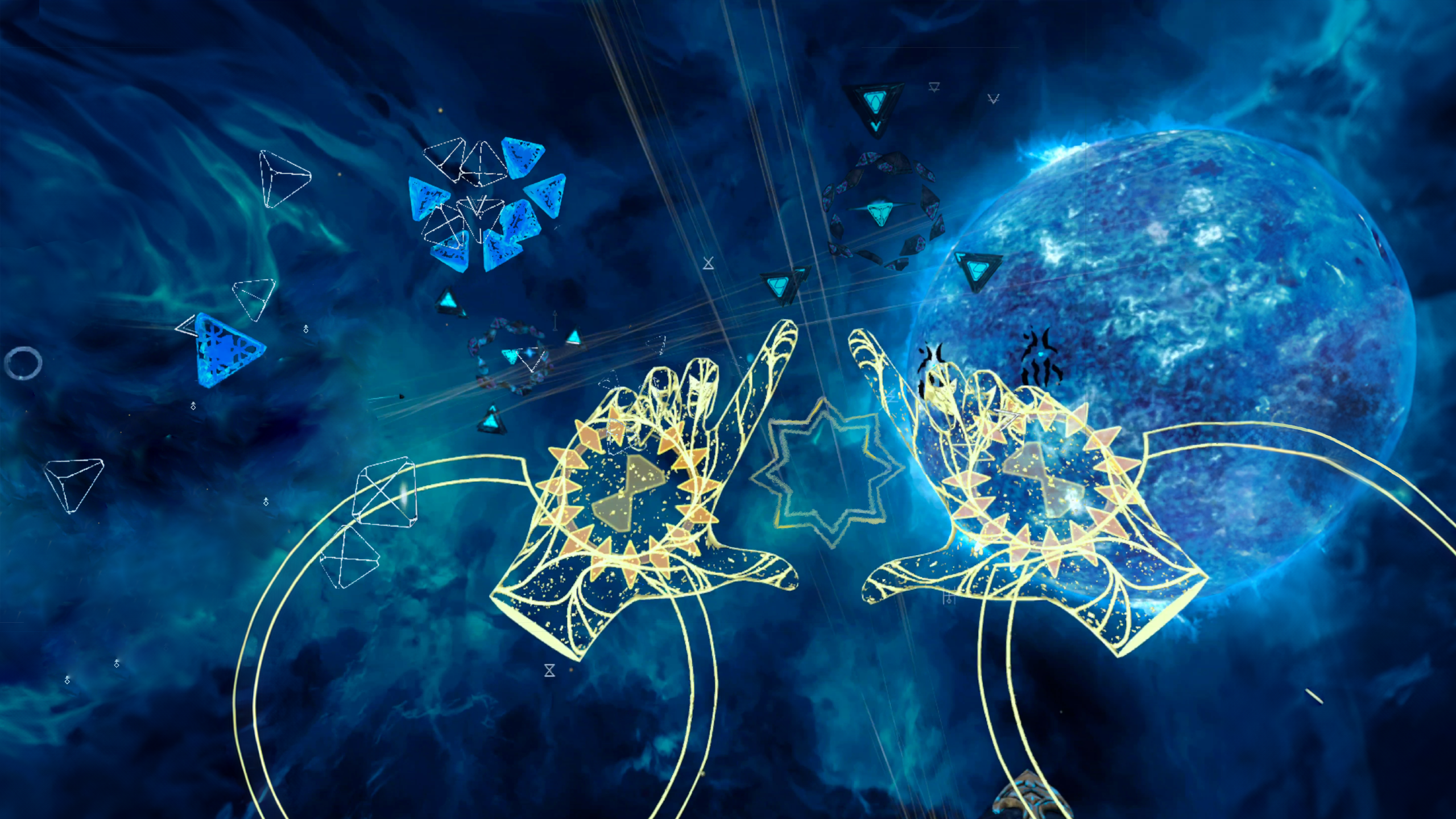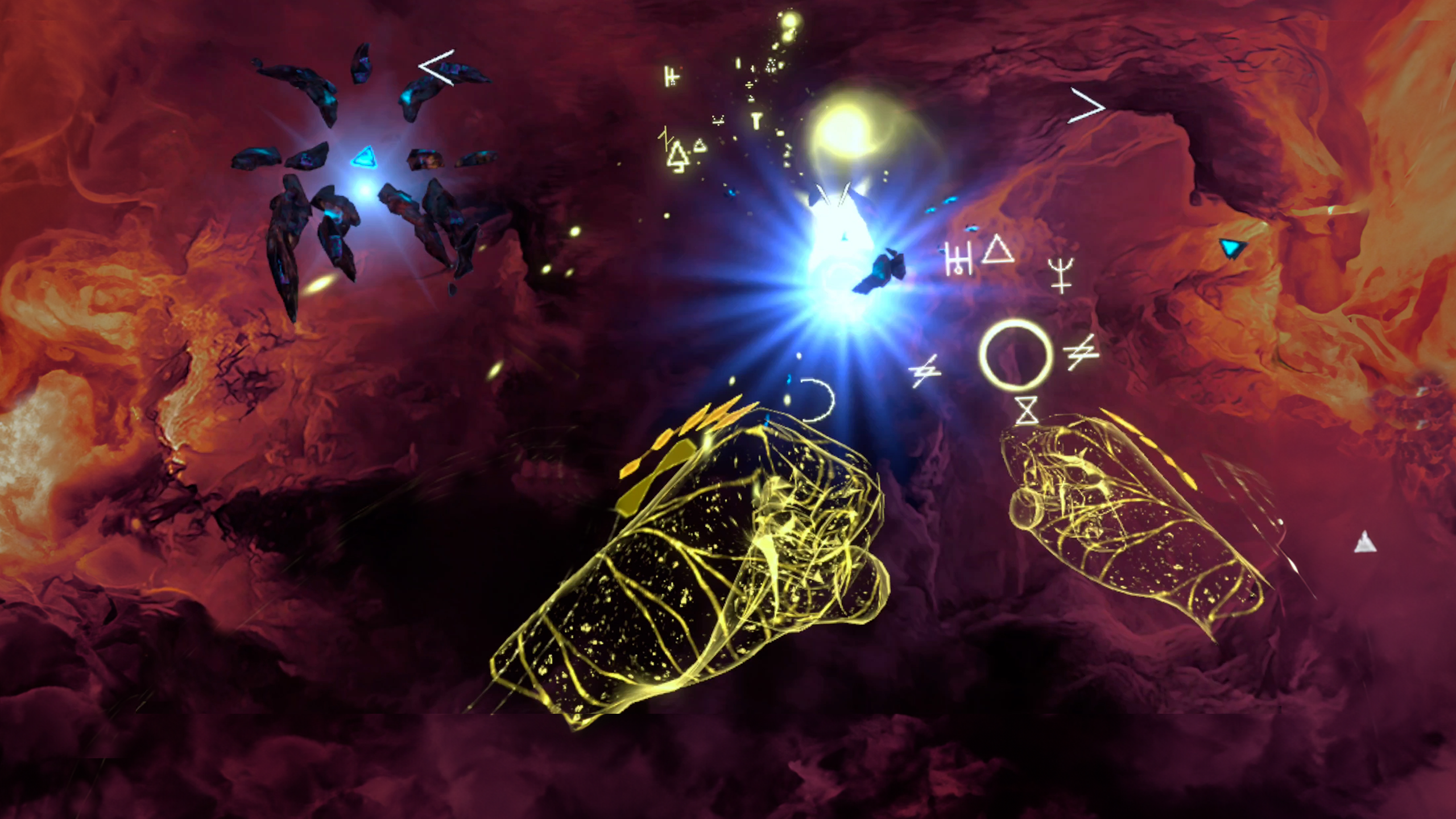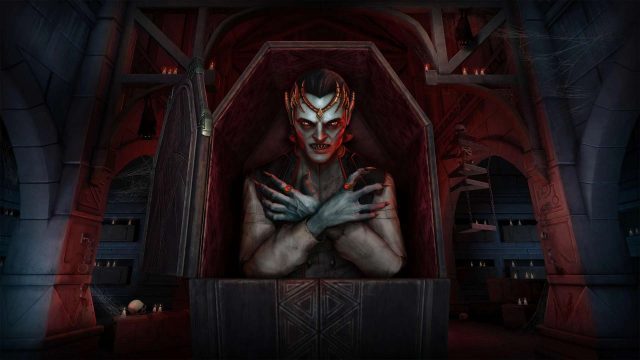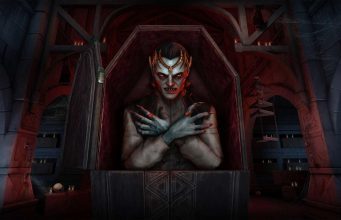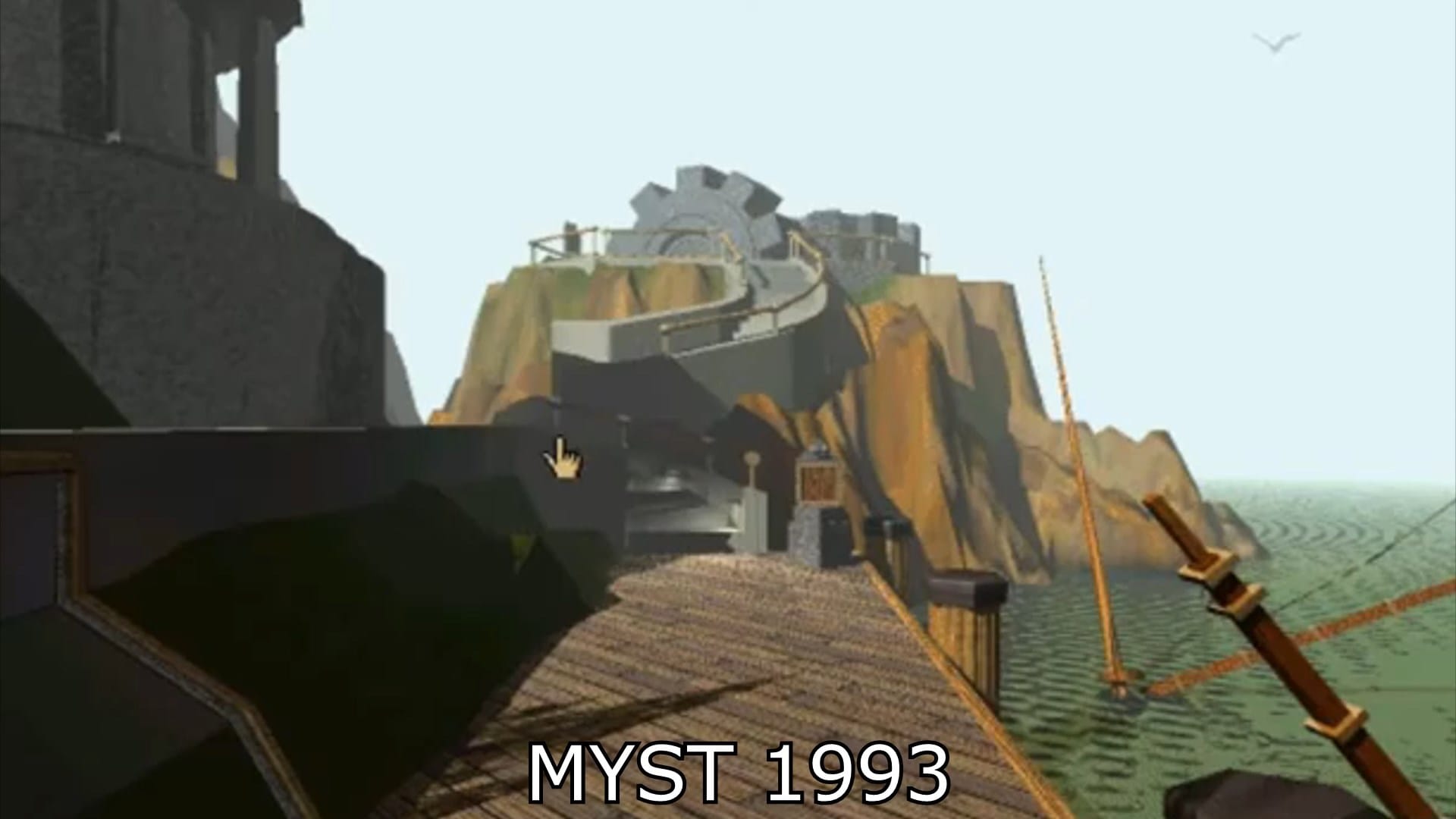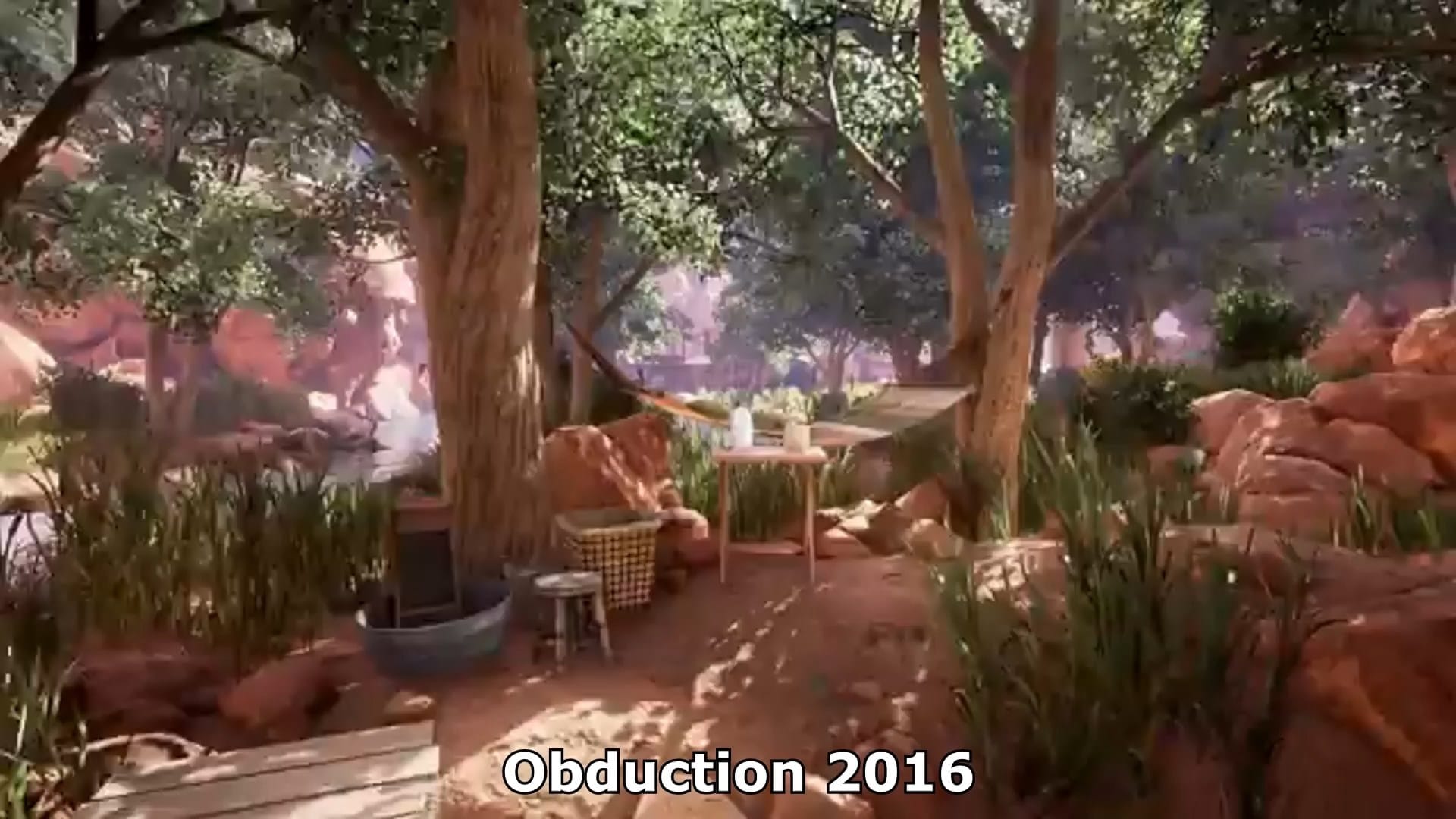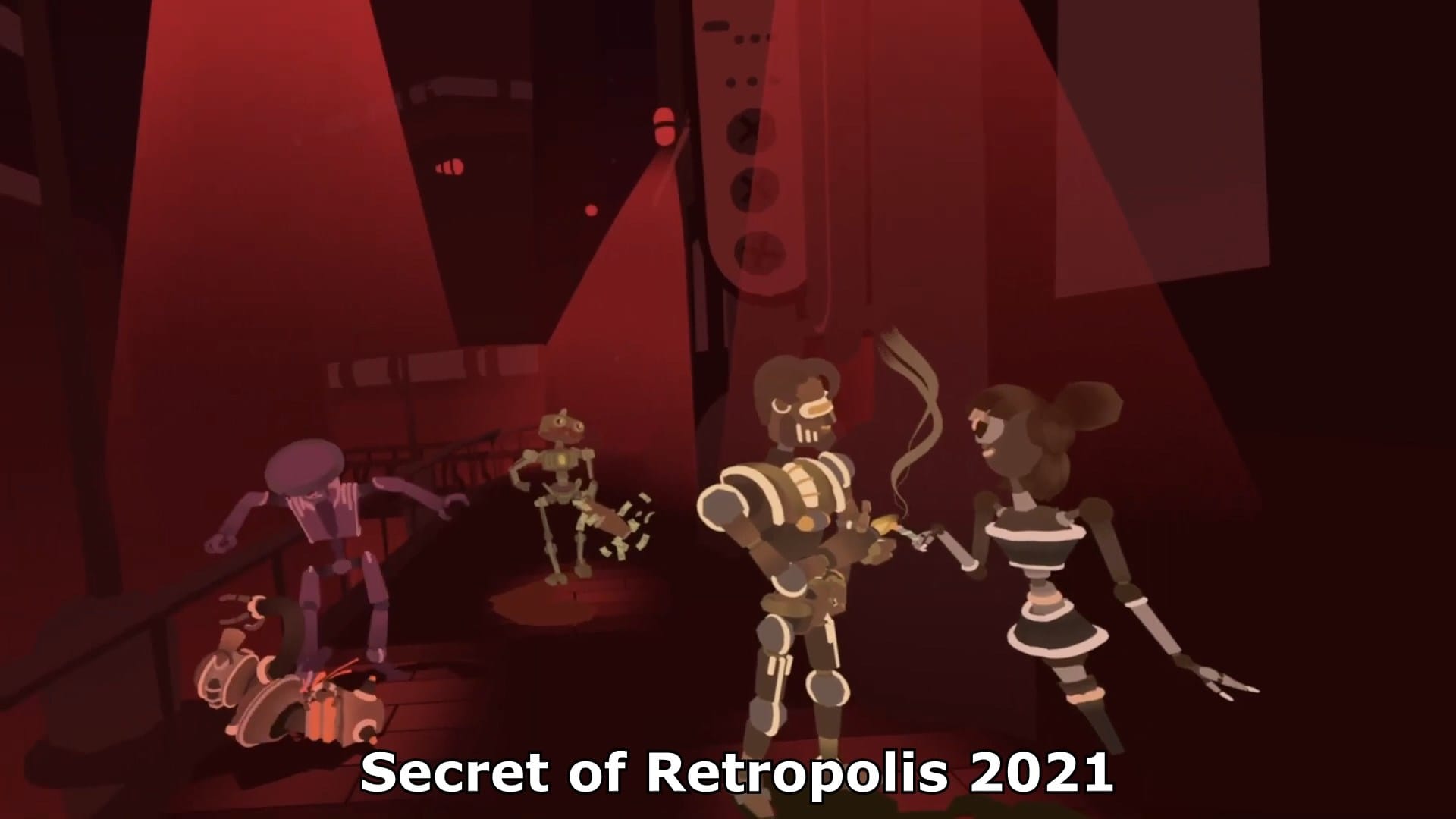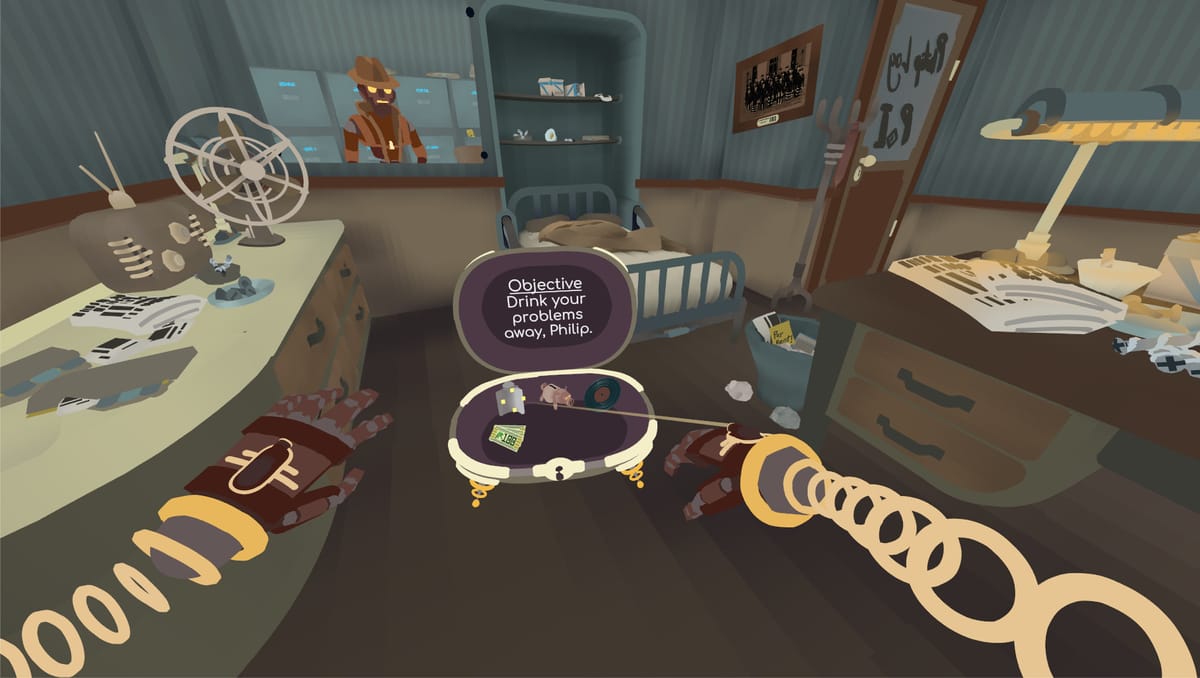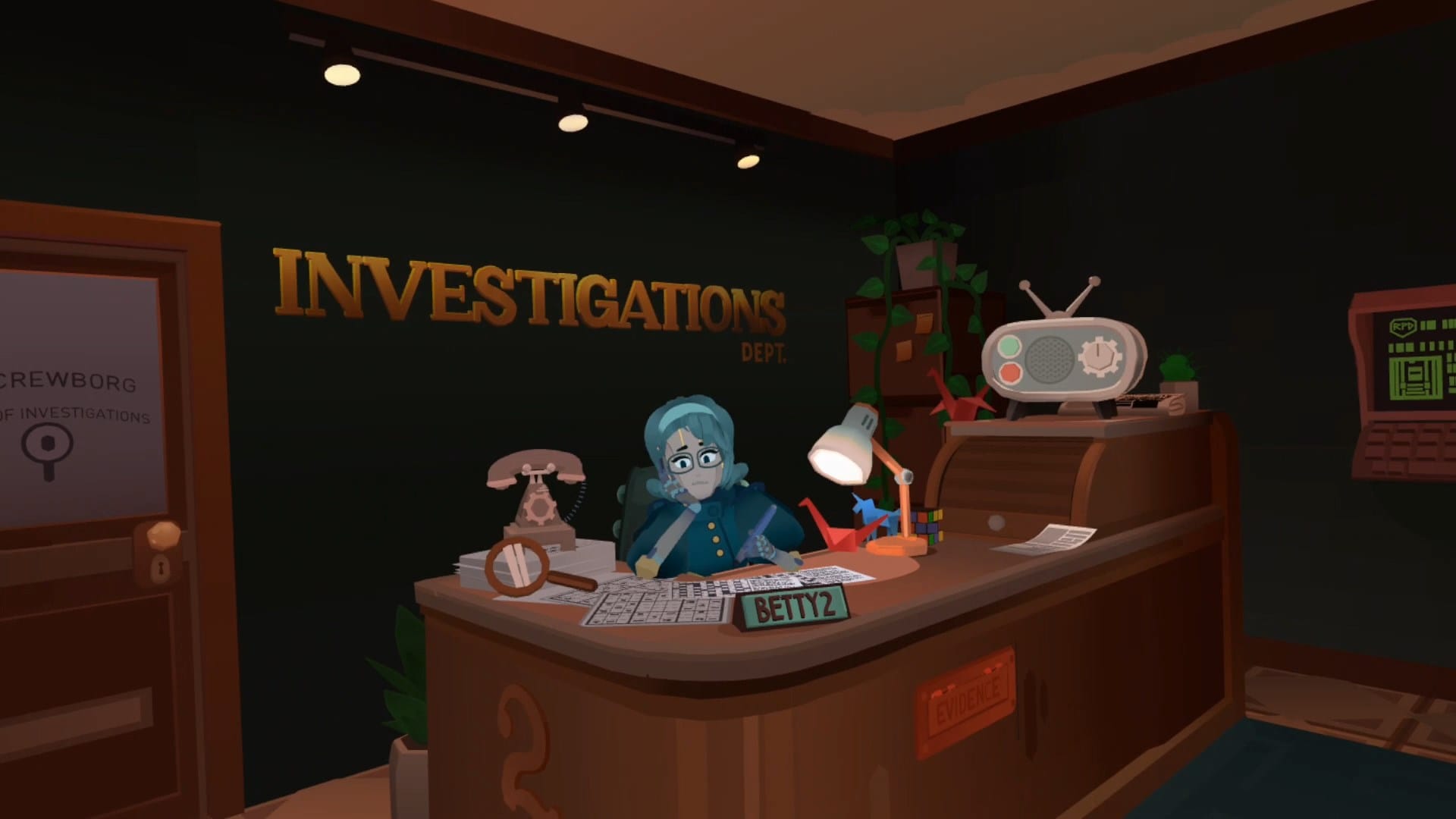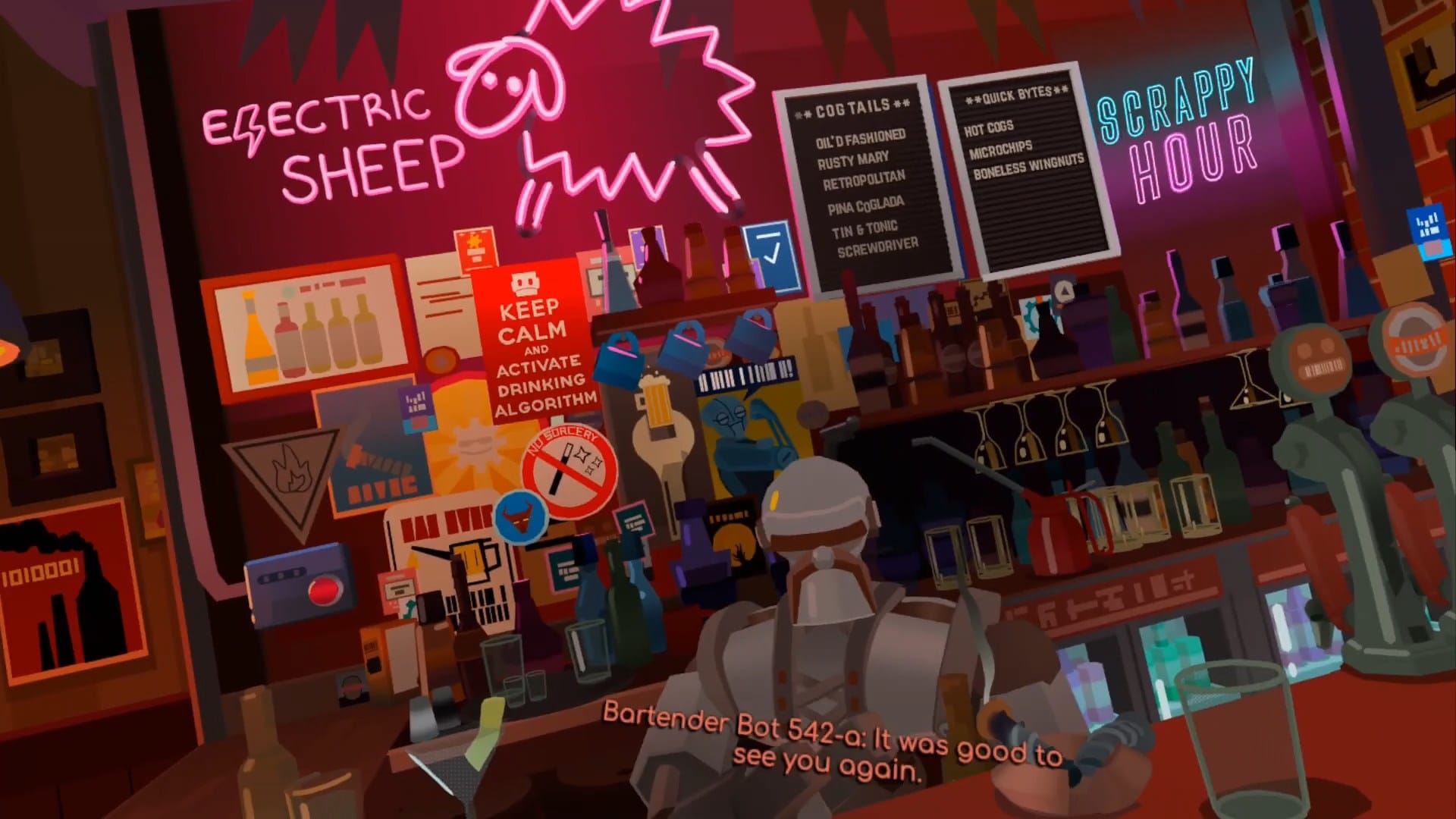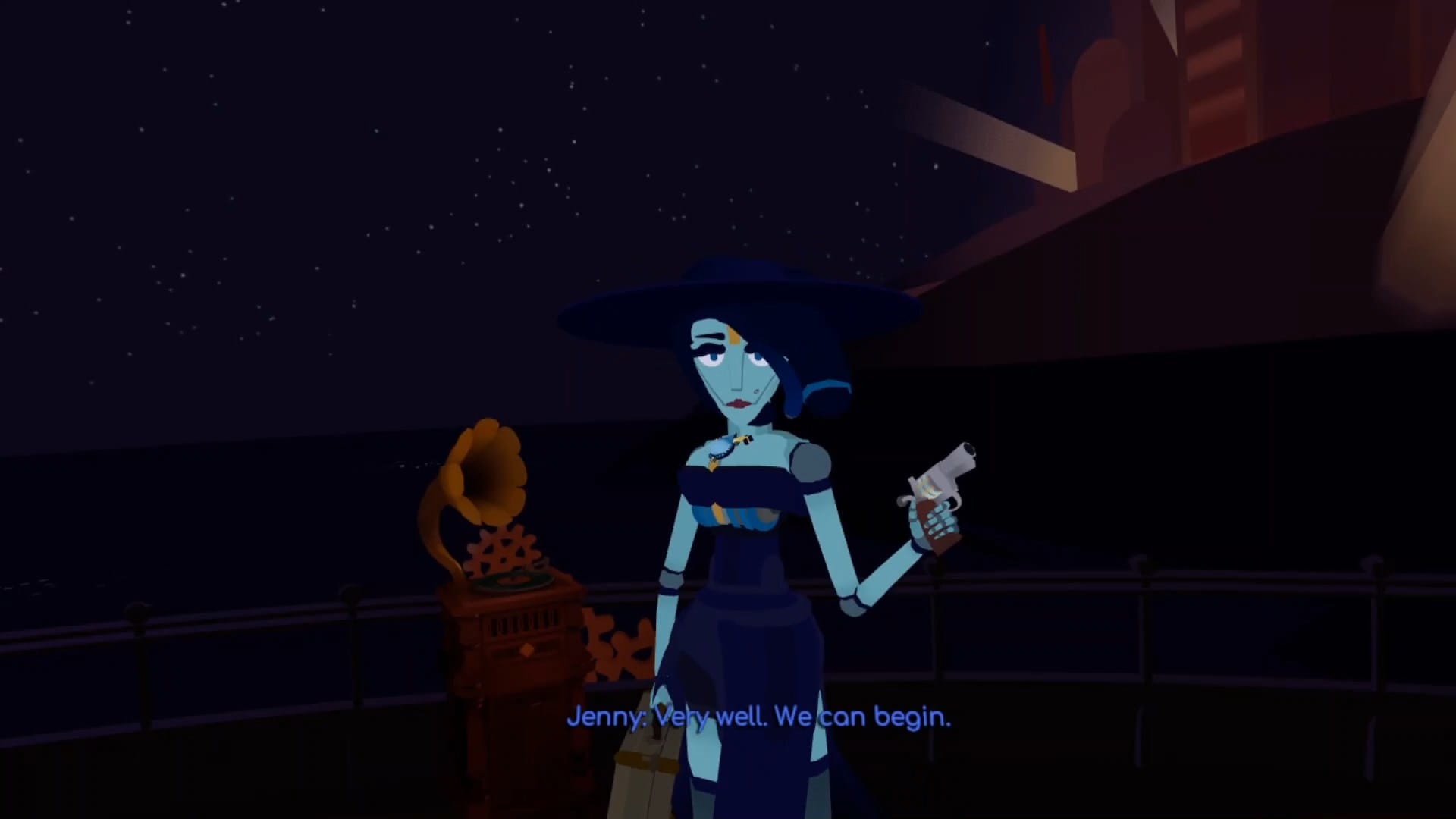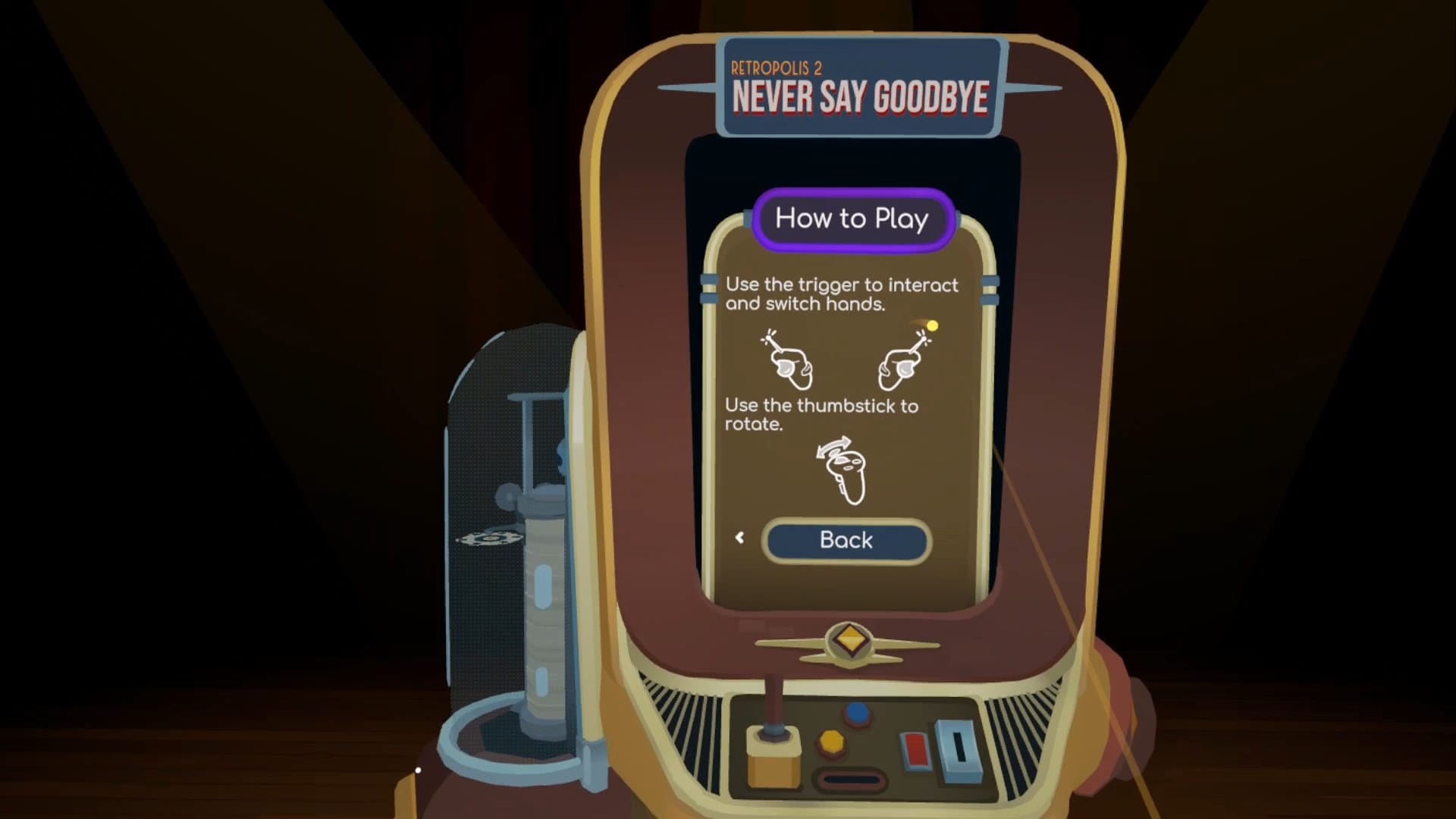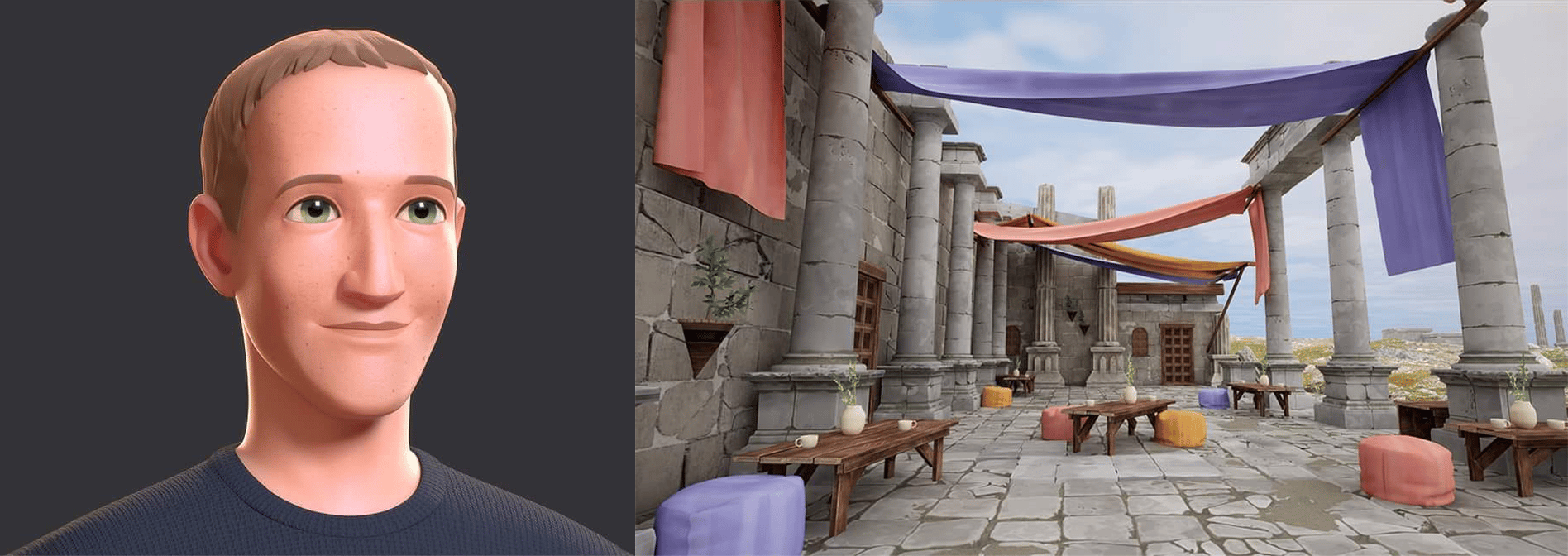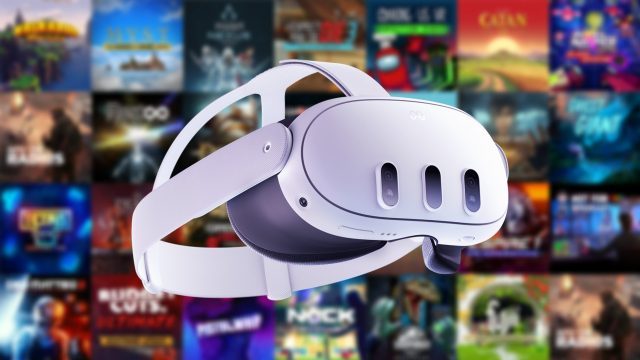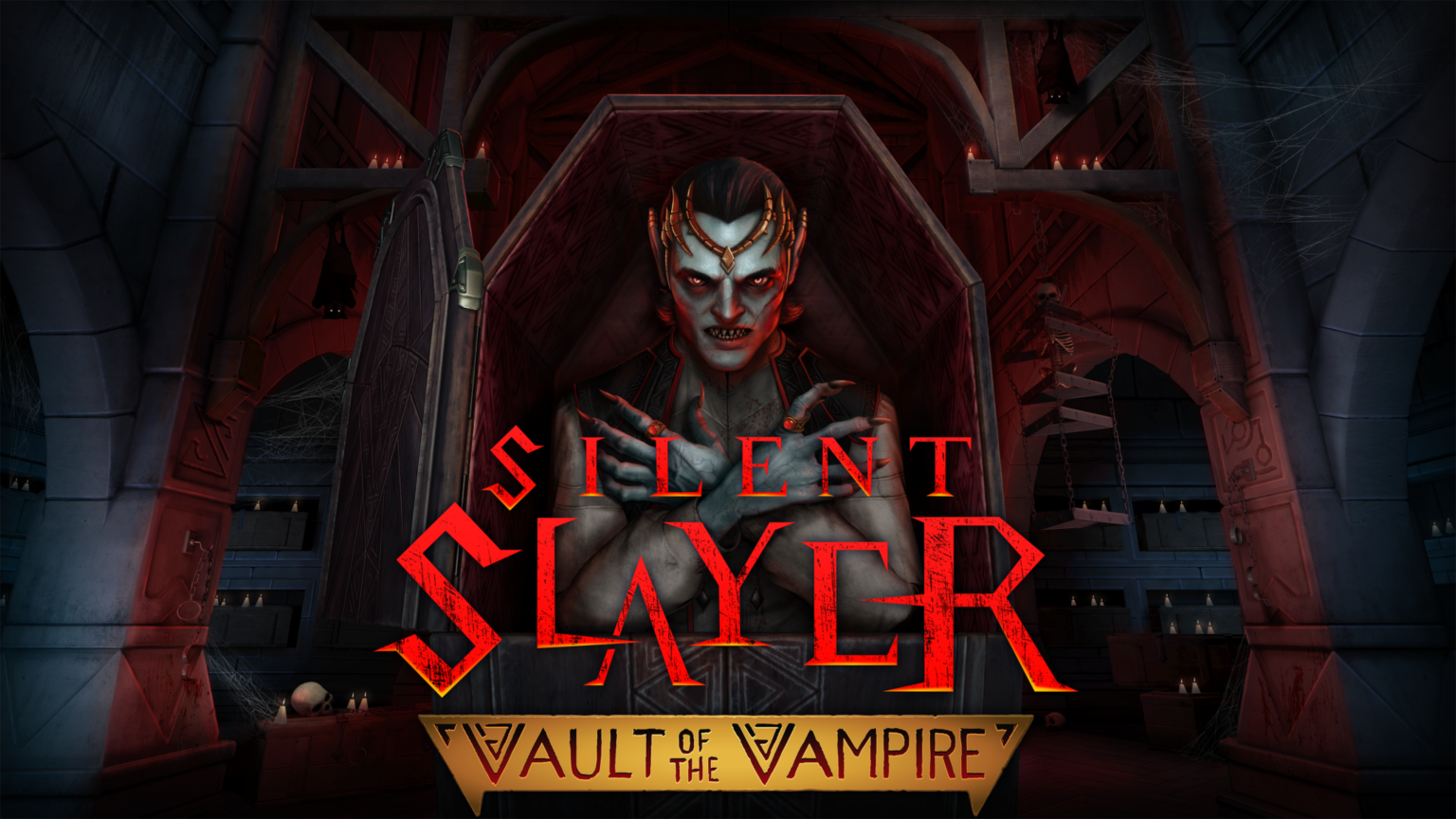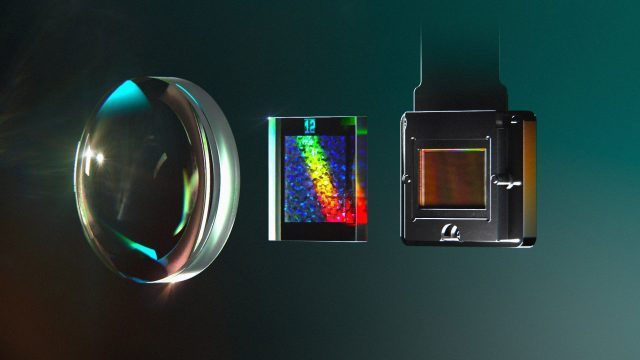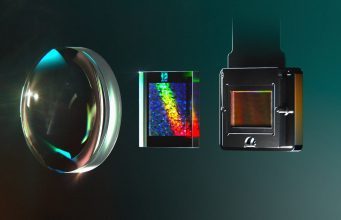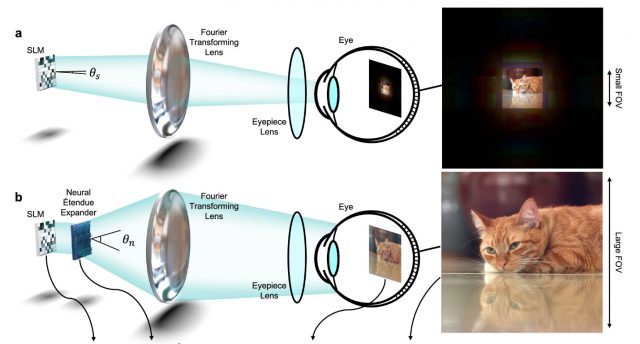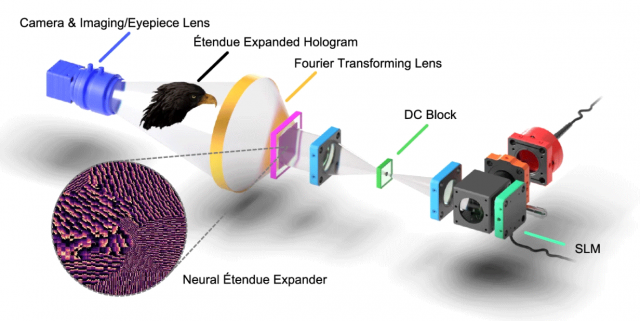Catching up on the biggest VR news this week? Here's our latest roundup with a few stories you may have missed.
In hardware news, Google briefly demoed its upcoming AI smart glasses at I/O 2024 but didn't reveal its upcoming Android XR platform. Apple Vision Pro is getting systemwide live captions and will reportedly start being sold outside the US, while Immersed gives it extra virtual monitors. Meta announced Quest for Education, it's added an experimental travel mode to Quest 2/3, and Lufthansa will trial providing Quest 3 headsets to business class passengers.
VR gaming had a busy week. Silent Slayer secured a release date, Riven is coming to Quest, Space Pirate Trainer DX got a Quest 3 update, Smash Drums revamped its MR support and Meta's begun making App Lab apps publicly findable. Elsewhere, Masters of Light, Retropolis 2, Blacktop Hoops, Some Assembly Required, Mecha Party and Ultimate Swing Golf were all released, while Stride: Fates and CleanSheet got new ports. Finally, we also saw news for Retronika, OVRDARK, and The Exorcist: Legion VR.
You can find our full coverage here. As always, here are our top five VR news stories that we originally missed:
Neon Squad Tactics Promises Cyberpunk Action Strategy In VR
Developed by Tin Man Games, Neon Squad Tactics takes us to a cyberpunk metropolis called UltraCity. Playable solo or in online co-op, this action-adventure strategy games tasks you with carrying out missions for powerful corporations as you navigate this neon-lit underworld. That's coming to Quest on June 13.
Venture's Gauntlet Is A New VR Adventure Platformer On Quest, Steam & Pico
Following a Steam Early Access launch last year, Venture's Gauntlet will receive a full release update and standalone ports. Coming to Quest and Pico on May 23, the premise involves aging billionaire Adam Venture seeking a capable heir, tasking you with overcoming a series of deadly obstacle courses. That promises a five hour campaign, while more maps and multiplayer will be added post-launch.
Last Mech Standing Enters Early Access On Quest & Steam
Joining an increasing range of VR mech games this year, Last Mech Standing describes itself as a roguelike, arcade-style shoot-em-up. Piloting the Crimson Slayer, you're tasked with defeating colossal monsters called Behemoths. That's available now on Steam Early Access and Quest App Lab.
Consortium VR Offers A Voice Navigated Murder Mystery On Steam & Quest
Previously available in early access, Consortium VR by Interdimensional Games remasters and adapts Consortium. Set in the near-future on a futuristic spaceship, murder mystery thriller sees you playing as a celebrity peacekeeper called Consortium Bishop Six. it involves "using your own voice to shape relationships and navigate choices." The full release reaches Quest and Steam next week.
Contractors Showdown Kicks Off Solo Mode Beta This Weekend

Contractors Showdown, the battle royale sequel to 2018's Contractors, is beta testing a 'Solo Mode' that's currently live until tomorrow. Alongside jumping into 45-player matches across this 16-square-kilometer map, Caveman Studio is also implementing "optimized circle mechanics," an increased bot presence and giving players a free self-revive needle.
Other Updates

After some more updates? Here's everything else we've seen in VR news this week.
- Neko Atsume Purrfect: Kitty Collector added a new cat and goodie in update 1.5.0.
- ANB_Seth released some brief in-development footage for 'Gunman Contracts - Stand Alone."
- VRChat opened signups to the iOS closed beta.
- Ghosts of Tabor's latest update adds a cat to your bunker.
- Thirdverse (Soul Covenant, X8) launched a 'Publishing Support Service' for global VR game publishers in Japan.
- Capsule Critters is a new Apple Vision Pro game from Mythic Realms studio Petricore.
- XR Bootcamp is partnering with Meta to host a global XR Hackathon with a $100k prize pool.
- Population One kicked off 'The Collection Event' as the last event of Event Series 2.
- OVRDARK: A Do Not Open Story is getting a physical release on PS5 this summer.
If you've got an update for a VR game we should know about for this article or future updates, you can use our contact page or email tips@uploadvr.com with details.
from UploadVR https://ift.tt/IwcEWqC
via IFTTT



